Magazines have played a pivotal role in the evolution of car culture, from the early days of the automotive industry to the present. They’ve not only shaped design trends and consumer behavior but also bridged the gap between car culture and popular culture. Let’s delve into the fascinating journey of how magazines have influenced car culture throughout history.
The Birth of Automotive Magazines and Car Culture
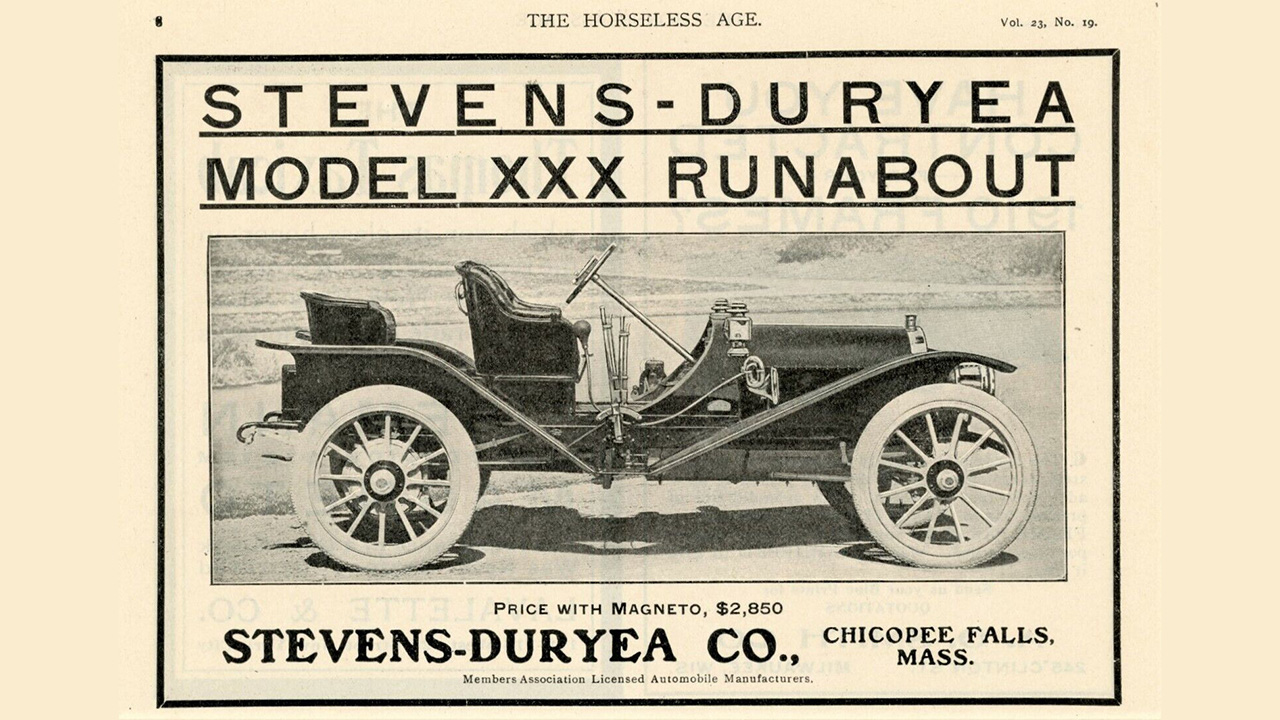
Automotive magazines made their debut in the late 19th and early 20th centuries, coinciding with the advent of the automobile itself. These publications, such as “The Horseless Age” and “The Motor World,” were instrumental in fueling the public’s fascination with cars. They provided readers with insights into the latest technologies and models, thereby democratizing automobile knowledge.
With their vivid descriptions and detailed illustrations, these magazines brought the thrill of owning and driving cars to the general public. They played a significant role in cultivating an interest in automobiles, thereby giving birth to car culture. Beyond merely reporting on the industry, these magazines served as a platform for enthusiasts to share their passion and experiences, further fostering this burgeoning culture.
Magazines and Automotive Design Trends
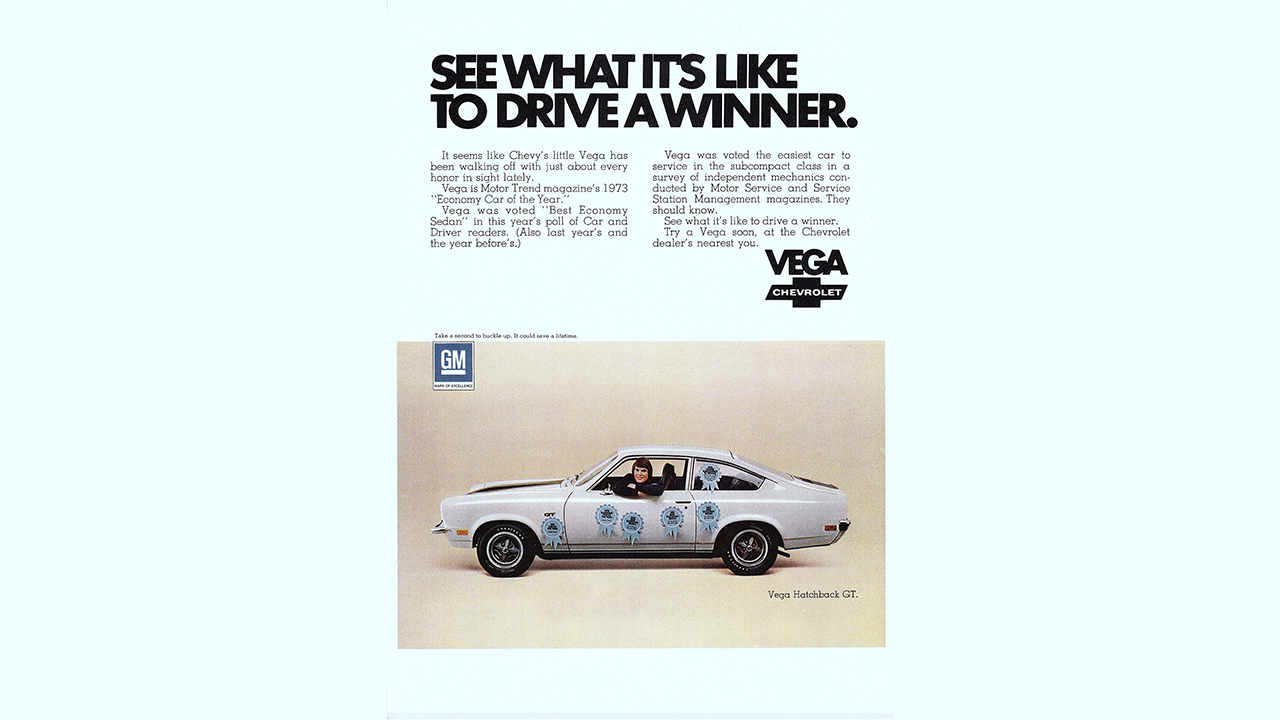
Magazines have been a major influence on car design trends. Through their pages, they have showcased and promoted innovative designs and technologies. For instance, publications such as “Car and Driver” and “Motor Trend” have often featured concept cars, giving readers a glimpse into the future of automotive design.
Specific car models have also gained popularity through magazine features. An excellent example of this is the Chevrolet Corvette, which was unveiled in “Motor Trend” in 1953. The magazine’s glowing review and the sleek photos of the sports car generated a buzz that contributed to the car’s success. Similarly, the Ford Mustang’s introduction in “Car and Driver” in 1964 helped cement its status as an iconic American muscle car.
The Impact on Consumer Behavior

Automotive magazines have significantly shaped consumer preferences and buying behaviors. Detailed reviews, comparisons, and rankings provided by these magazines have guided consumers in their car-buying decisions. For instance, “Consumer Reports” has been a trusted source of unbiased car reviews for decades, influencing countless purchases.
Furthermore, the evolution of automotive advertising in magazines has had a profound impact on consumer behavior. Advertisements in the early days often highlighted the luxury and status associated with owning a car. This messaging has evolved over time, with modern ads focusing more on performance, safety features, and sustainability, reflecting changing consumer values.
The Intersection of Car Culture and Popular Culture

Automotive magazines have played a key role in integrating car culture into broader popular culture. Cars have been portrayed not just as modes of transportation but also as symbols of personal style and status. This portrayal has been evident in magazines beyond the automotive genre, including lifestyle and fashion publications.
The influence of celebrity endorsements and features in automotive magazines cannot be understated. Stars like Steve McQueen, known for his love of cars and racing, graced the covers of many magazines. Their association with certain car models elevated those vehicles’ status, making them coveted objects in popular culture.
The Current Status and Future of Automotive Magazines
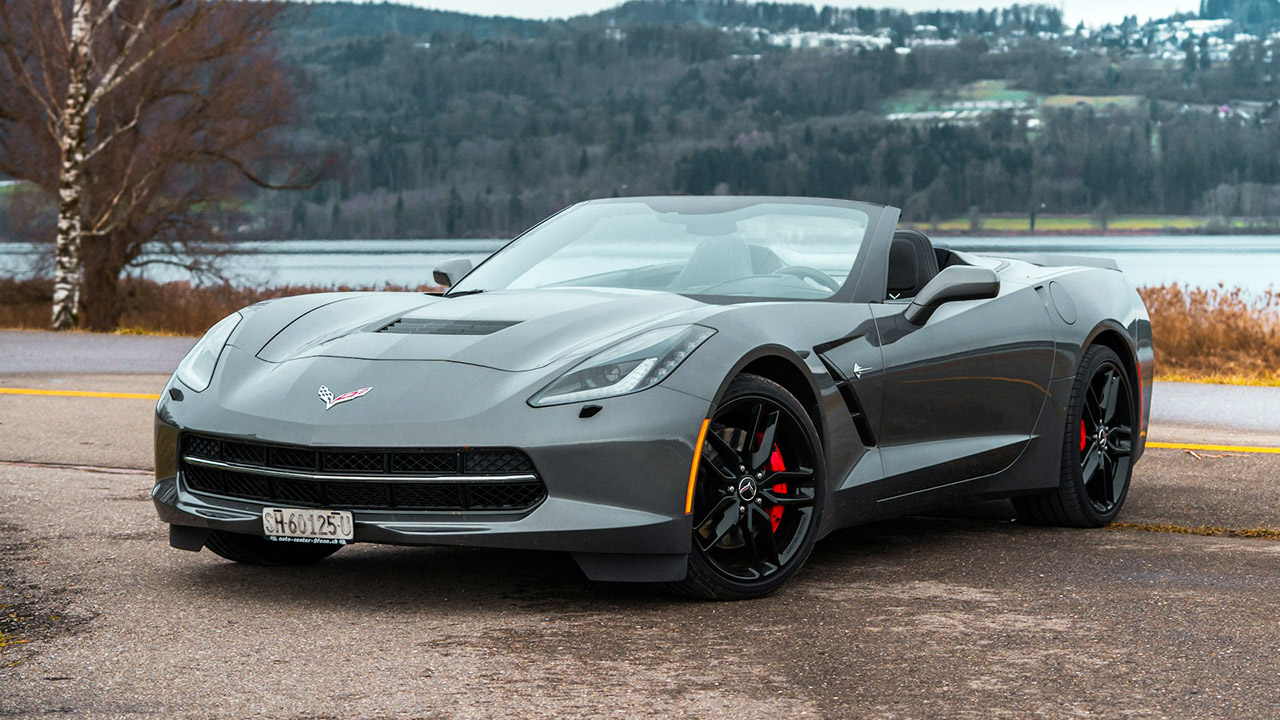
The advent of the digital age has posed both challenges and opportunities for automotive magazines. While print publications have faced declining readership, many have adapted by establishing a robust online presence. Websites and digital editions allow these magazines to reach a broader audience and provide more interactive content.
Despite the rise of online platforms, magazines continue to hold a special place in car culture. They offer in-depth analysis, expert opinions, and high-quality photography that enthusiasts appreciate. Looking ahead, it’s likely that magazines will continue to evolve and adapt, using new technologies to engage readers and maintain their influential role in car culture.
Like Fast Lane Only’s content? Be sure to follow us.
Here’s more from us:
*Created with AI assistance and editor review.

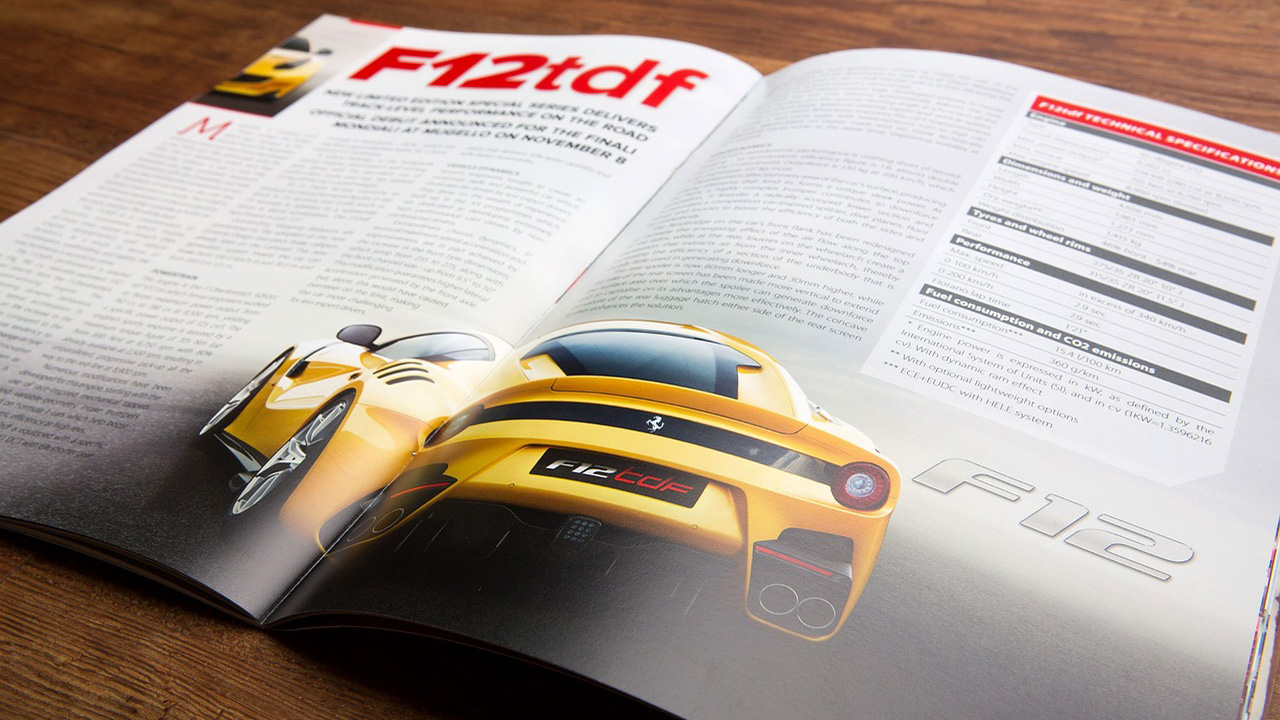
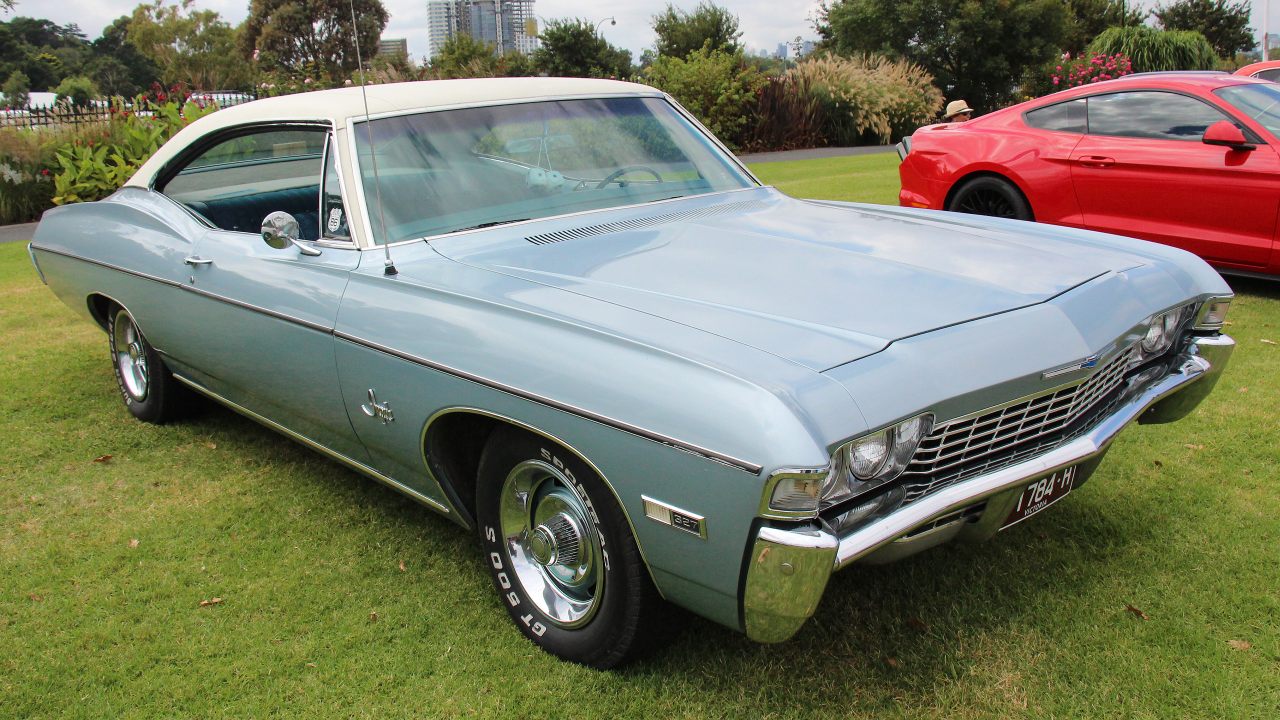
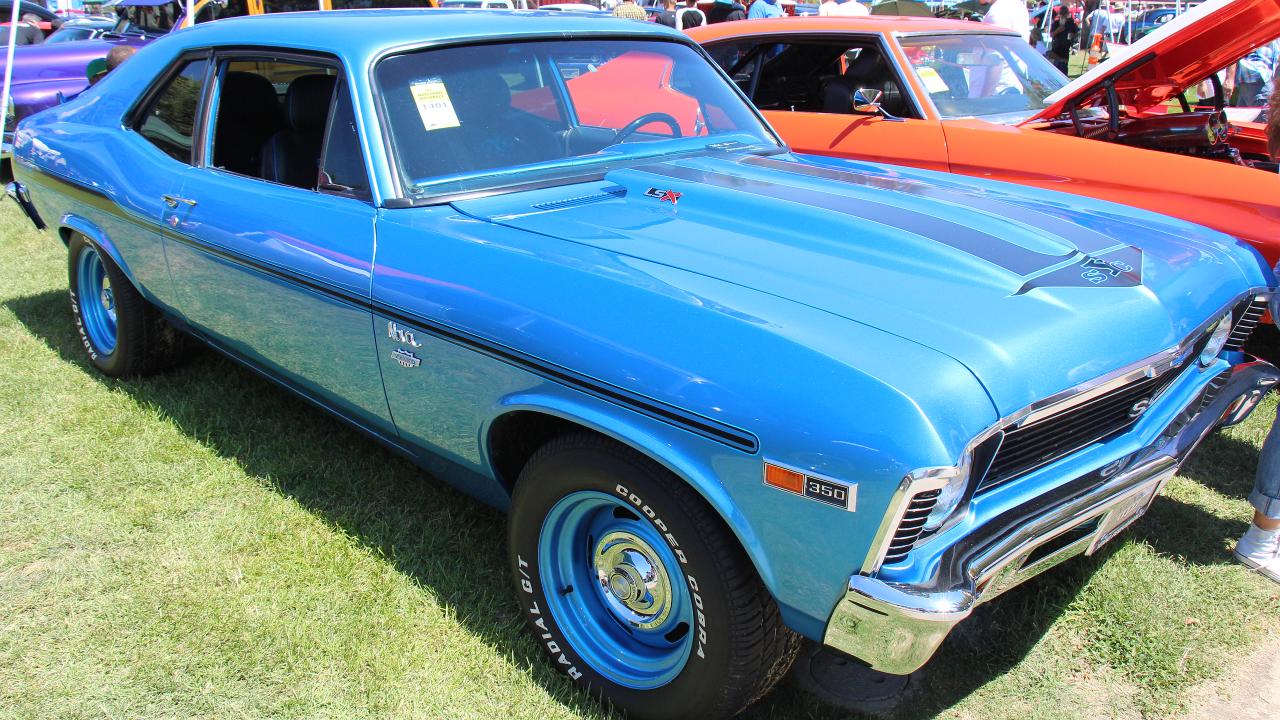
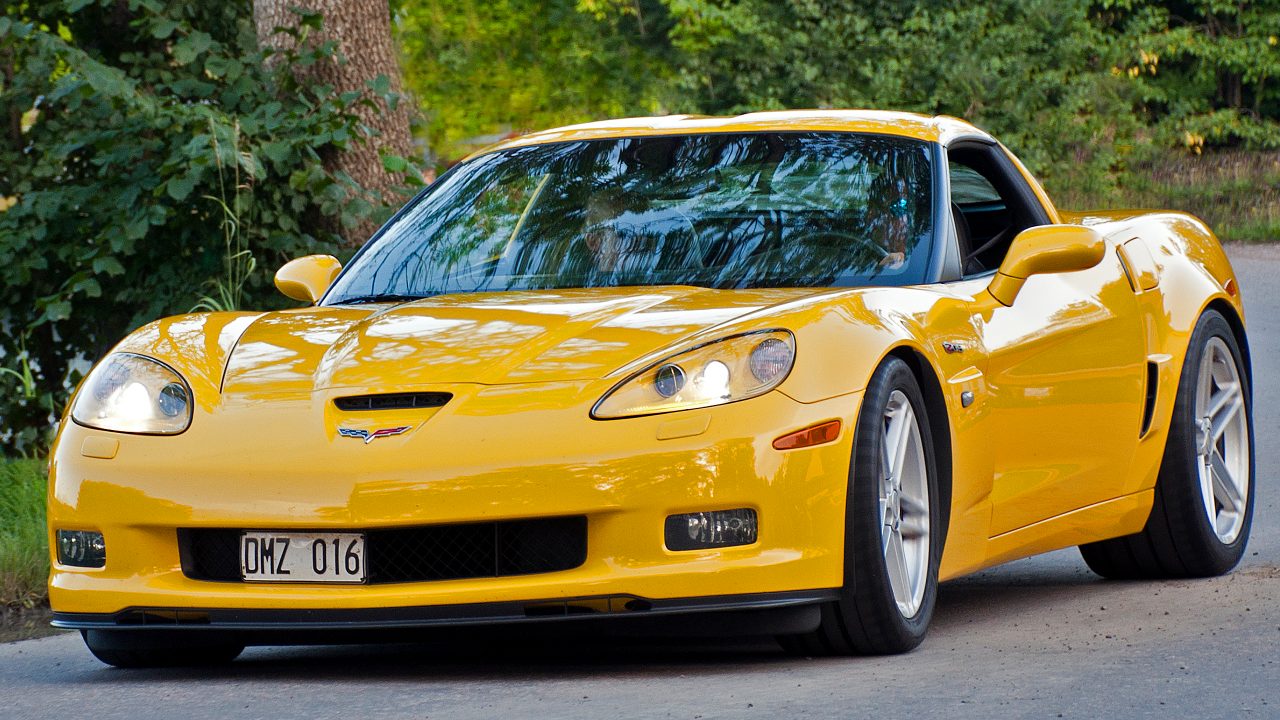

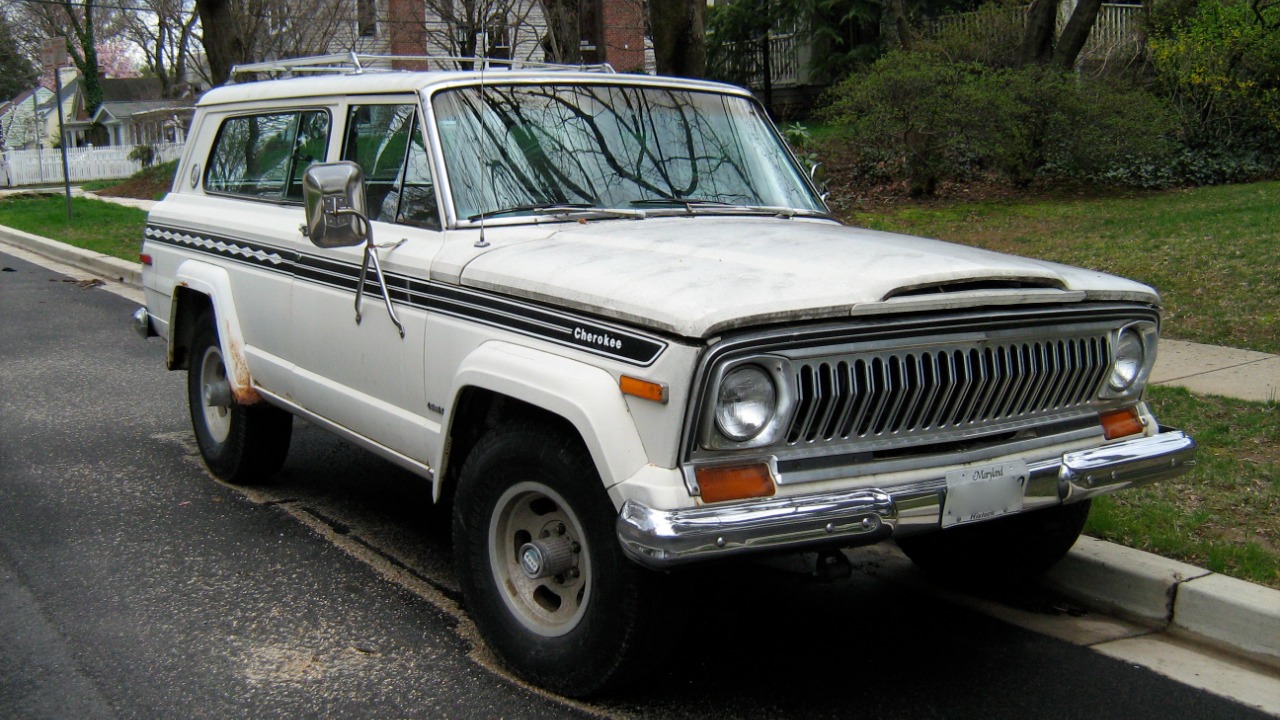
Leave a Reply